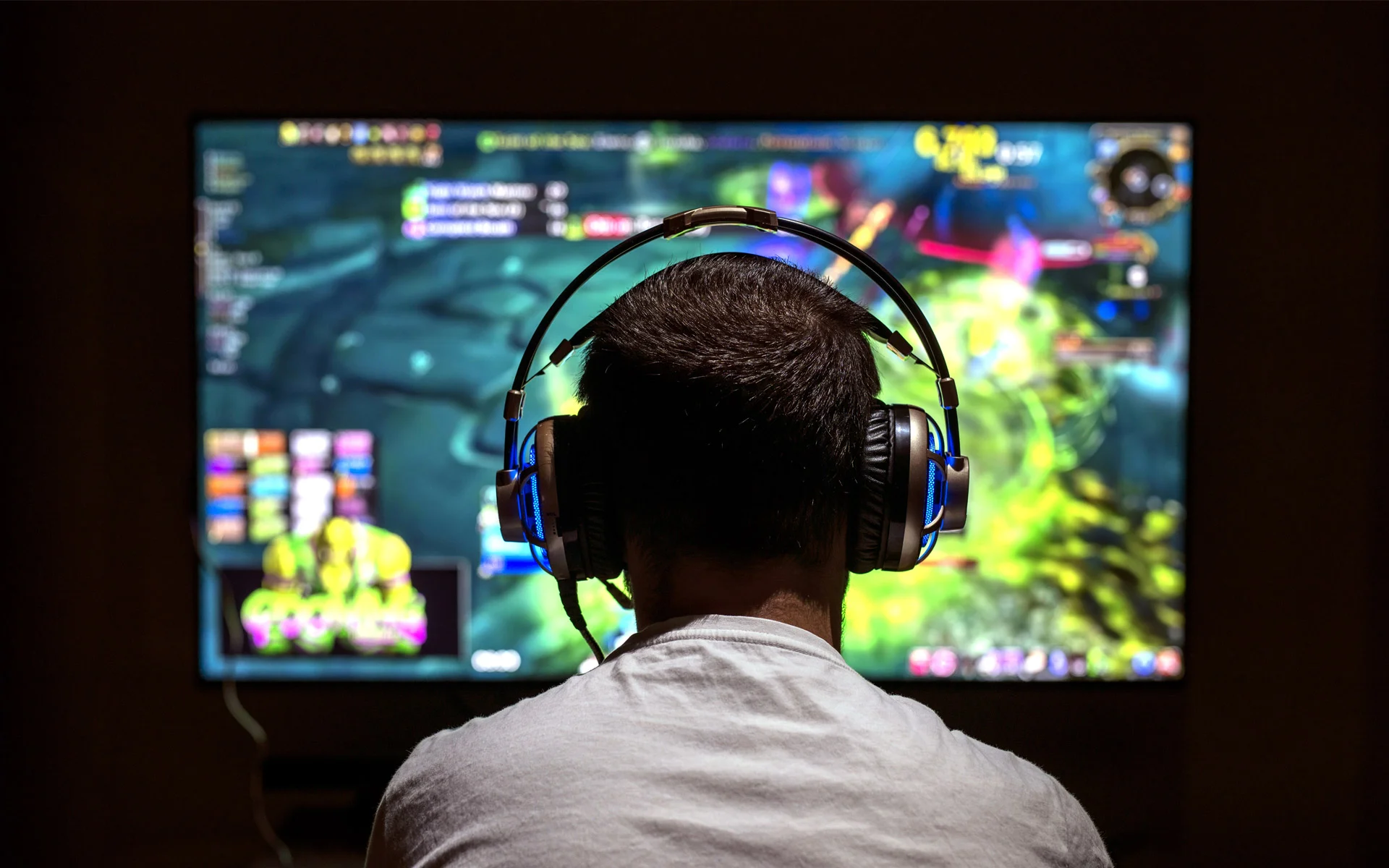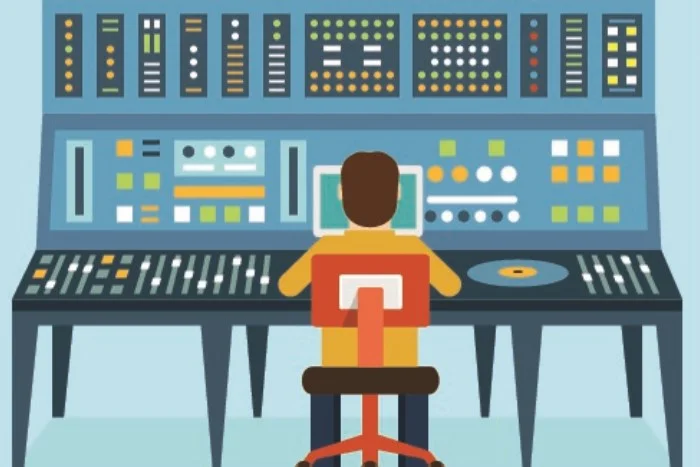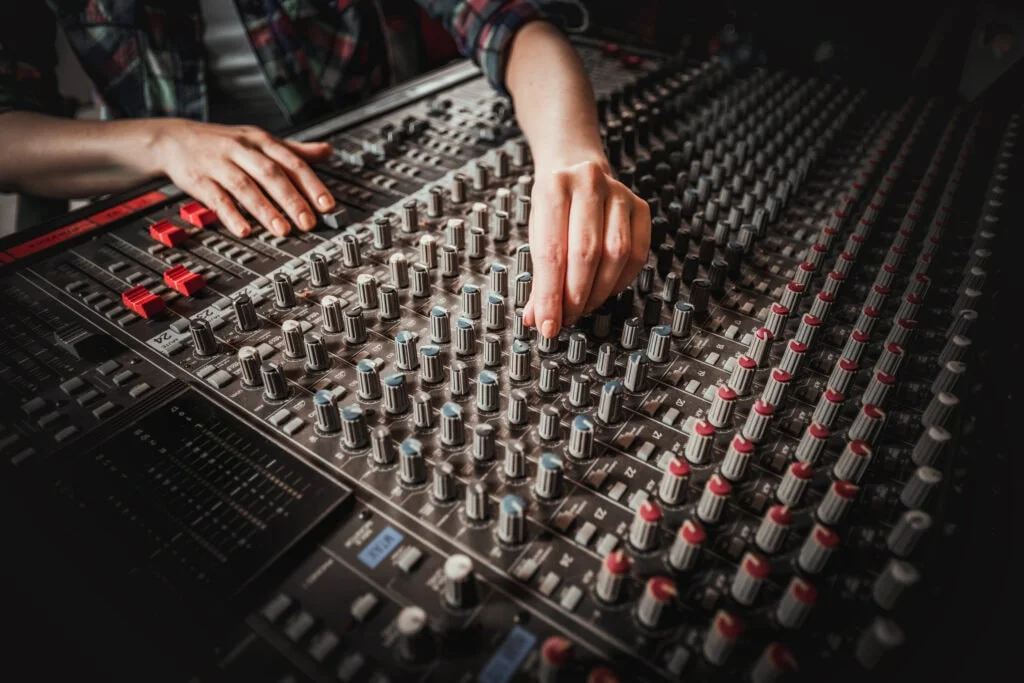Welcome to the world of Game Sound Design, where audio becomes an integral part of the interactive experience. As technology advances, the importance of sound in video game development stages has grown exponentially. Whether it’s the subtle rustling of leaves, the booming explosion of a spaceship, or the haunting melody that evokes emotions, game sound design elevates gameplay and immerses players in captivating virtual worlds. In this article, we will delve into the art and science of video game sound design, exploring the role of sound designers, the significance of audio in gaming, and the key aspects that contribute to creating unforgettable gaming experiences. Join us on this sonic journey as we unravel the secrets behind crafting immersive audio for video games.
What is Video Game Sound Design?


Video Game Sound Design refers to creating and implementing audio elements in video games. It encompasses all aspects of audio, including music, sound effects, voiceovers, and ambient sounds. Sound design is critical in enhancing the gaming experience by immersing players in the game’s virtual world, evoking emotions, and providing important auditory feedback. The sound design process involves collaboration between sound designers, composers, developers, and other game development team members to ensure that the audio seamlessly integrates with the gameplay and visuals, creating a cohesive and engaging experience for players.
What Does a Game Sound Designer Do?


A game sound designer is responsible for creating and implementing the audio elements in video games. Their role involves a diverse range of tasks, including:
Sound Creation
Sound designers use various tools and techniques to create original sound effects, music, and voiceovers that fit the game’s theme and atmosphere. They may record real-world sounds, manipulate audio samples, or use synthesizers to generate unique sounds.
Audio Integration
Once the sounds are created, the sound designer works closely with the development team to integrate them into the game. They use audio middleware or game engines to place sounds in specific locations, trigger them at the right moments, and adjust their volume and timing.
Ambiance and Atmosphere
Sound designers also focus on creating ambient sounds and background music that contribute to the game’s overall atmosphere and enhance immersion for players.
Sound Effects
Sound designers ensure that all in-game actions and events have appropriate and realistic audio representations, from footsteps and gunshots to explosions and environmental sounds.
Testing and Iteration
Sound designers continuously test the audio throughout development to ensure it aligns with the gameplay and visual elements. They may make adjustments based on feedback from the development team and playtesters.
Collaboration
Sound designers collaborate with composers, voice actors, developers, and other team members to ensure a cohesive audio experience that enhances the narrative and gameplay.
In summary, a game sound designer’s role is crucial in creating an immersive and captivating audio experience that complements the visuals and gameplay, contributing to the game’s overall success.
The Importance of Video Game Audio


Video game audio is vital in enhancing the overall gaming experience and is key to creating an immersive and engaging world for players. The importance of video game audio can be summarized as follows:
- Immersion and Atmosphere: High-quality audio adds depth and realism to the virtual world, drawing players deeper into the game’s narrative and environment. Whether the subtle rustling of leaves in a forest or the booming sounds of explosions in a warzone, well-designed audio immerses players in the game’s atmosphere, making the experience more enjoyable and memorable.
- Emotional Impact: Game audio can evoke emotions and amplify the impact of key moments in the game. From dramatic music during intense action sequences to poignant melodies during emotional story arcs, the right audio cues can evoke feelings of excitement, tension, joy, or sadness, creating a more emotionally resonant gaming experience.
- Gameplay Feedback: Sound design provides important feedback to players, conveying crucial information about their actions and the game world. Audio cues can indicate approaching enemies, incoming dangers, or successful completion of objectives, helping players make decisions and respond to situations effectively.
- Accessibility: Sound design is essential for gamers with hearing impairments or those who rely on audio cues. Providing a well-designed audio experience with clear and distinct sounds enhances the accessibility of the game and ensures that all players can fully enjoy the gaming experience.
- Brand Identity: Memorable and iconic audio elements, such as theme music or catchphrases, can become synonymous with a game or game series, contributing to the brand identity and recognition among players and the gaming community.
In conclusion, video game audio is integral to game development, impacting player engagement, emotional connection, and overall enjoyment. By delivering a compelling audio experience, game developers can create a more immersive and rewarding journey for players, making audio design a crucial aspect of successful game development.
Key Aspects of Game Sound Design


Game sound design encompasses several key aspects that contribute to creating a compelling and immersive audio experience for players:
Sound Effects
Sound effects are essential in bringing the game world to life. They include many sounds, such as footsteps, gunshots, explosions, environmental noises, etc. Well-designed sound effects add realism and depth to the game environment, making it more believable and engaging.
Music
Game music sets the tone and enhances the emotional impact of gameplay. Whether it’s dynamic and intense music during action sequences or ambient and soothing tunes in exploration moments, the right music complements the game’s narrative and gameplay, creating a memorable experience for players.
Voice Acting
Dialogue and voice acting are crucial in storytelling and character development. Convincing voice performances bring characters to life, making players feel more connected to the game’s world and inhabitants.
Ambiance and Atmosphere
The overall ambiance and atmosphere of the game world are established through sound effects and background audio. Whether it’s the bustling sounds of a city or the eerie silence of a haunted mansion, carefully crafted ambiance sets the mood and immerses players in the game’s environment concept.
Interactive Audio
The interactive audio design lets the game’s sound respond dynamically to the player’s actions and choices. This feature adds an extra layer of immersion, making players feel that their decisions have consequences in the game world.
Technical Implementation
Implementing sound design into the game requires technical expertise. Game sound designers work closely with developers to ensure seamless integration of audio elements into the game engine, considering factors such as audio quality, file sizes, and system performance.
Accessibility
Game sound design should be inclusive and considerate of players with hearing impairments. Providing options for subtitles, visual cues, or alternative audio feedback ensures that all players can fully enjoy and understand the game’s audio elements.
By focusing on these key aspects, game sound designers can create a rich and dynamic audio experience that enhances gameplay, storytelling, and player immersion, elevating the overall quality of the gaming experience.
The Process of Creating Audio for Games


The process of creating audio for games is a multi-faceted and collaborative endeavor that involves several stages:
- Pre-production: In this initial phase, the game’s creative team, including designers, writers, and sound designers, brainstorm and define the audio vision for the game. They identify the types of sounds, music, and voice acting required to complement the gameplay and narrative.
- Recording and Acquisition: Sound designers often record their own audio or source pre-existing sound libraries to gather the necessary sound effects, voiceovers, and music. They may also collaborate with composers to create original scores tailored to the game’s themes and events.
- Sound Design: Once the assets are collected, the sound designers begin crafting and editing the sounds to match the game’s visuals and events. They manipulate and layer sounds, add effects, and use techniques like Foley to achieve the desired audio quality and realism.
- Integration: The sound designers work closely with the game developers to implement the audio assets into the game engine. They ensure that sounds are triggered correctly in response to player actions, events, and in-game conditions.
- Testing and Iteration: After integration, thorough testing ensures the audio performs as intended and doesn’t disrupt gameplay. Feedback is gathered from the development and playtesting team to identify any areas for improvement. Iteration may occur to refine the audio until it meets the desired standards.
- Optimization: As games are often resource-intensive, sound designers optimize audio files to reduce memory usage without compromising audio quality. This is crucial for smooth performance, especially in larger and more complex games.
- Post-production: In this final stage, the audio is fine-tuned, balanced, and mixed to ensure a cohesive and immersive experience. Adjustments may be made based on final gameplay and testing feedback.
Collaboration and communication between sound designers, developers, and other creative team members are essential to align the audio with the game’s overall vision. By following this comprehensive process, game audio professionals can enhance the gaming experience, making it more engaging, emotional, and immersive for players.
Conclusion
In conclusion, game sound design is an integral and often overlooked aspect of video game development that significantly impacts the player’s overall experience. From creating immersive environments with realistic sound effects to setting the mood with captivating music and enhancing storytelling through voice acting, audio plays a crucial role in shaping the game’s atmosphere and emotional impact. A skilled game sound designer can elevate the gaming experience, making it more engaging, memorable, and enjoyable for players. By carefully crafting and integrating audio elements into the game, developers can create a cohesive and immersive world that draws players deeper into the virtual reality, enriching their gameplay journey. As the gaming industry continues to evolve, the significance of high-quality game audio will only grow, further emphasizing the importance of sound design in modern video game development.


